Inside Medaina, an immersive music festival that rocked Petra
The otherworldly, five-day, two-location music festival offered a backdrop like no other, the historic sites of Petra and Wadi Rum in Jordan. Tianna Williams was there
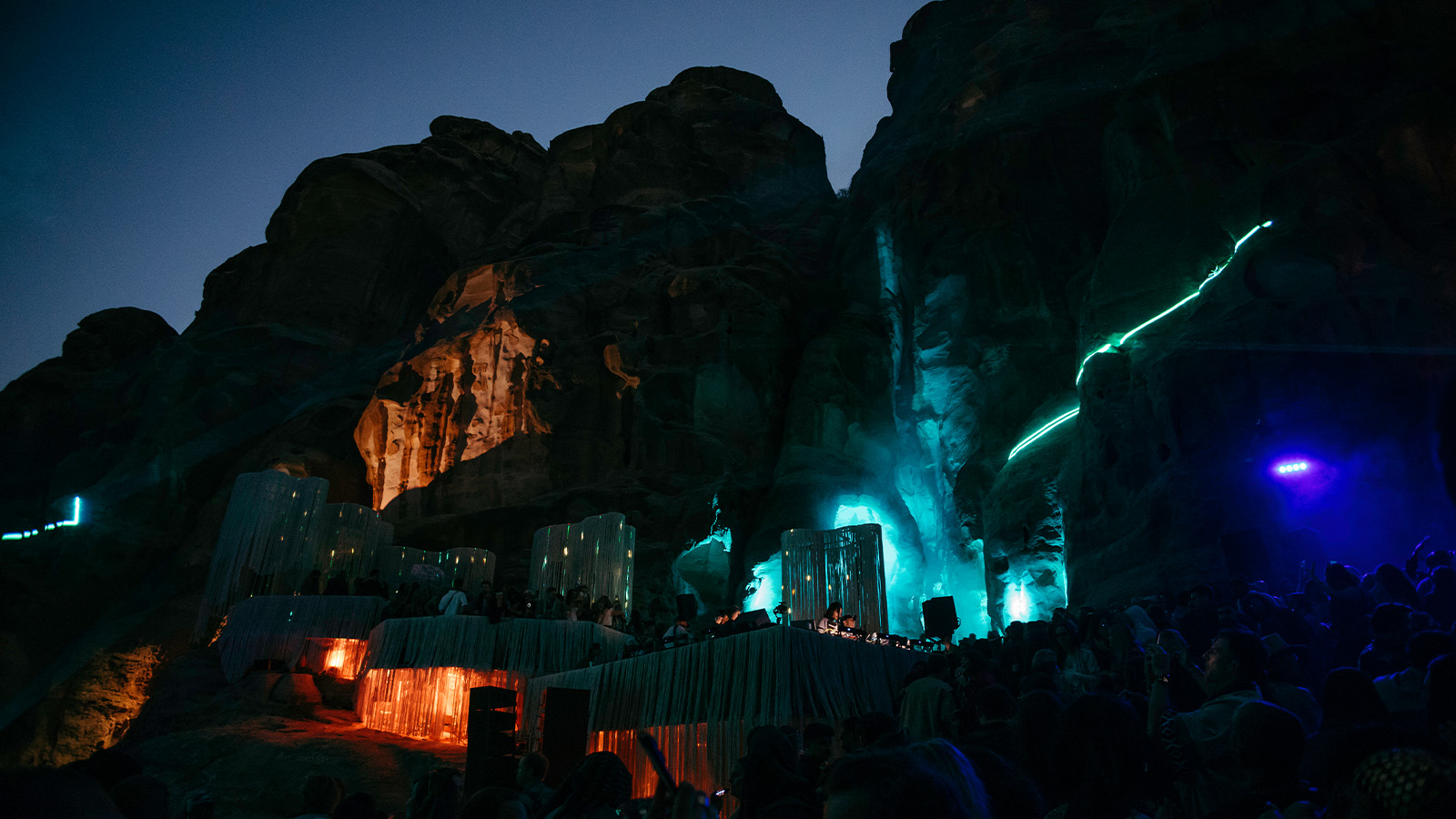
Medaina, a transporting festival that just took place in Jordan (21-26 May), is the latest event from Tithorea, a platform that crafts ‘cultural experiences’ around the world and has swiftly become a phenomenon among in-the-know electronic music fans since its founding in 2021. It might also herald a new approach to encouraging tourism in a country that’s in a beleaguered geopolitical position (full disclosure, the UK Foreign Office advises against travel to certain parts).
Founded in New York by Shahin Mani and Sherif Koyess, Tithorea is known for its immersive events and the transplantation of artists into sites of incredible natural beauty or cultural heritage. In previous years, it has staged boutique festivals in Cappadocia, Turkey; on the coast of Guanacaste, Costa Rica; in Romania’s Transylvania; and in San Miguel, Mexico, with Tithorea fans travelling across the world to attend the multi-day experiences.
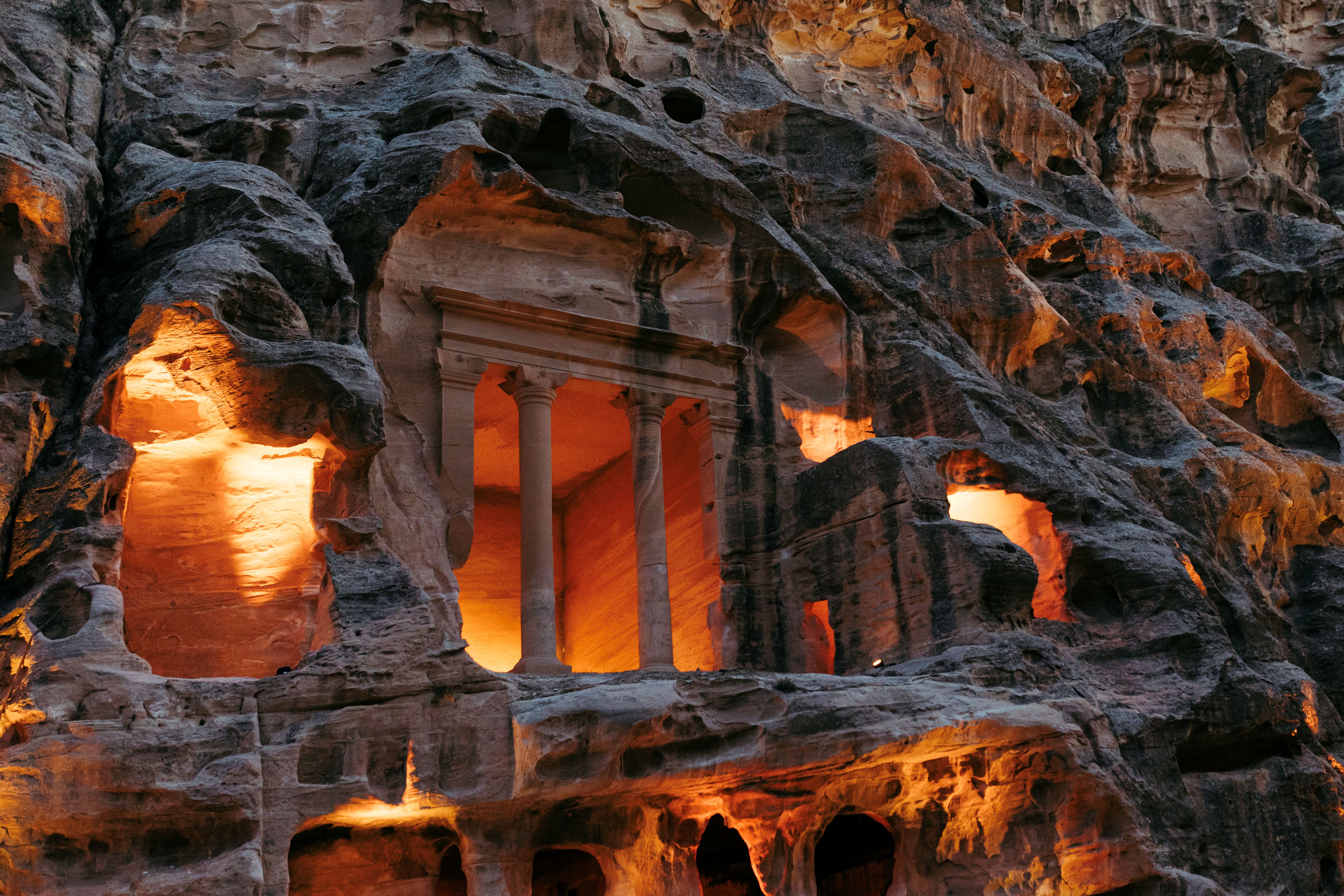
Little Petra opening ceremony
This year was no different, as the five-day Medaina festival kicked off, setting up shop in perhaps Jordan’s most notable locations. The opening ceremony and first night took place in the ancient rock-built city of Petra, while the third night was presented in the stunning desert landscape of Wadi Rum – both are Unesco World Heritage Sites.
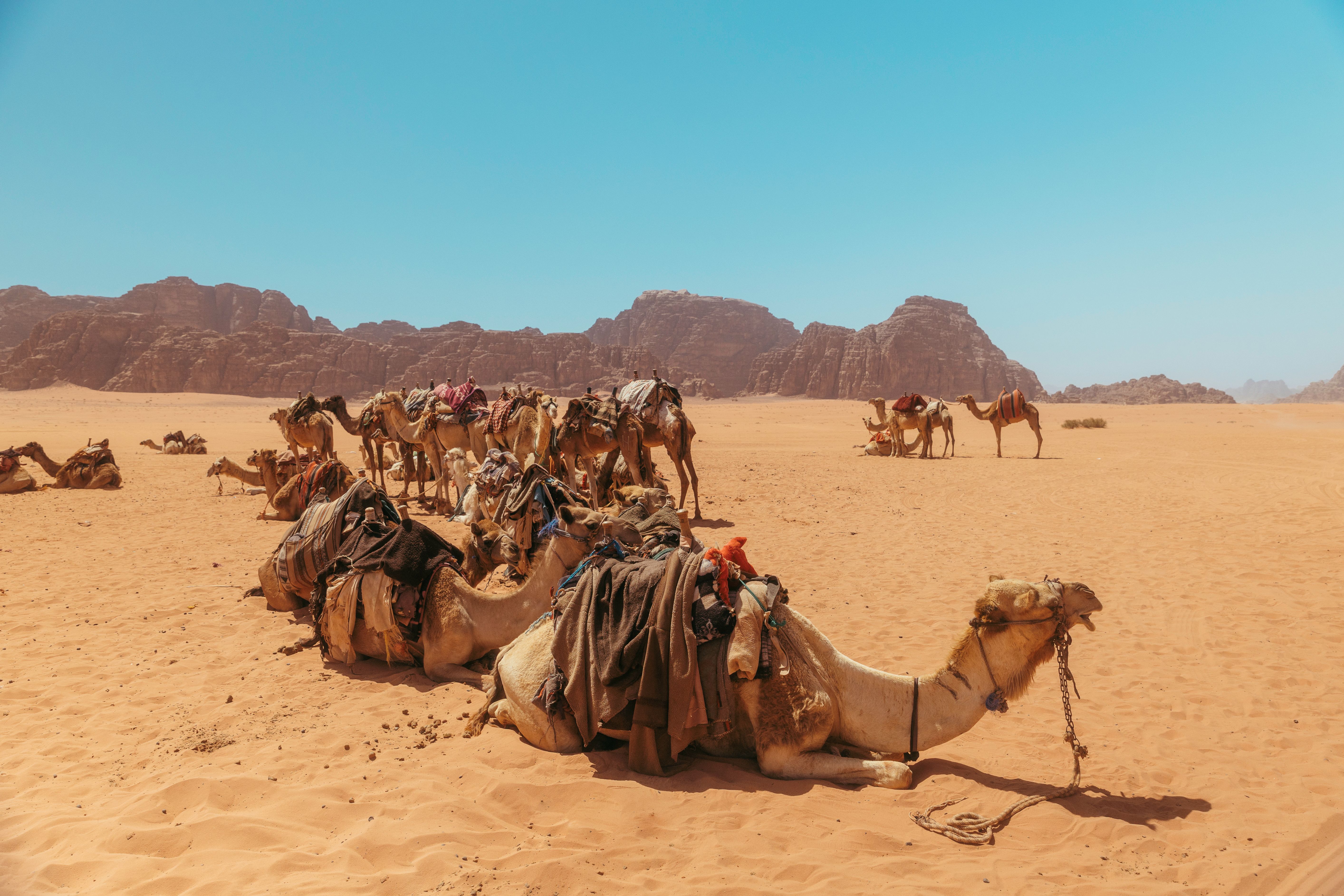
Between events, guests were encouraged to explore Jordanian culture and landscape
In between the festival evenings, guests were encouraged to explore the surrounding areas. You could take a camel tour, be hosted by a local family and tuck into delicious local cuisine, including dishes such as ‘Mansaf’ (a Jordanian Bedouin dish of tender lamb on a bed of fluffy rice, and a tangy-jameed-based yogurt sauce), or enjoy historic ruins such as those in Amman or ‘The Treasury’ in Petra.

Inside a traditional Bedouin camp
As attendees moved from location to location following the festival, hotels collaborated in hosting and providing a luxurious base at which to reboot from the night before. These included the Fairmont Amman Hotel, Hyatt Zaman in Petra, and a ‘bubble hotel’ called Suncity Camp in Wadi Rum. The final ‘decompression’ days after the festival were hosted at Hyatt Regency Aqaba Ayla Resort, which allowed guests to fully recharge and relax after a week of dancing and exploration.
The setting
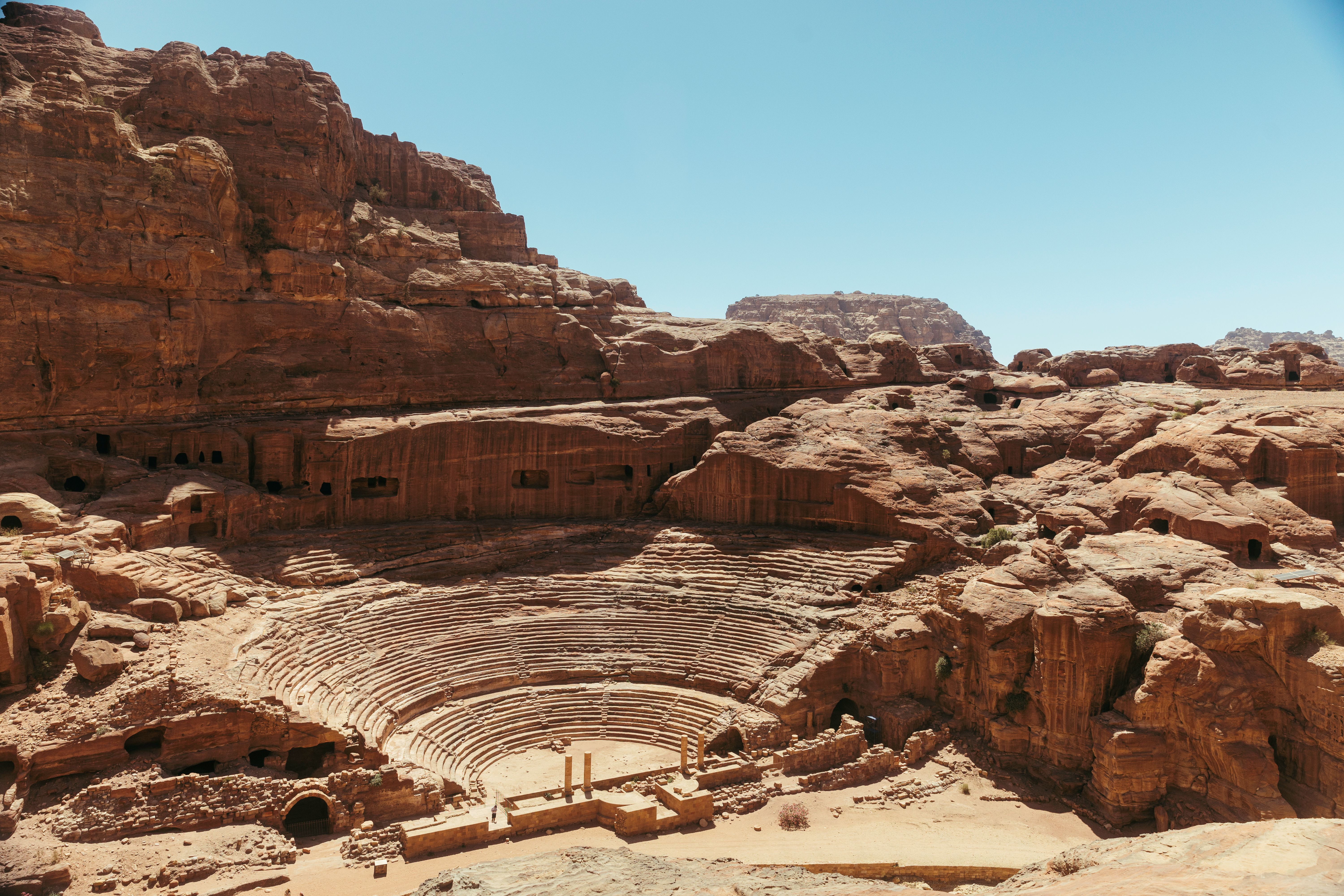
The rocky architecture of Petra
The setting was breathtaking in its natural beauty, with Petra’s notable rose-coloured sandstone cliffs and carved rock architecture, and Wadi Rum’s dramatic sandstone valley, with 25,000 petroglyphs (rock carvings), 20,000 inscriptions, and 154 archaeological sites discovered so far. However, given the rich history of both sites, whether taking advantage of the locations in this way was appropriate is a moot point.

Ancient petroglyphs
Jordan relies heavily on tourism (it equates to nearly 15 per cent of the country’s GDP), but given its geography – it is sandwiched between Syria, Iraq, Palestine, Israel and Saudi Arabia – the surrounding political climate proves to be a deterrent for many wanting to venture into this corner of the Middle East.
Receive our daily digest of inspiration, escapism and design stories from around the world direct to your inbox.
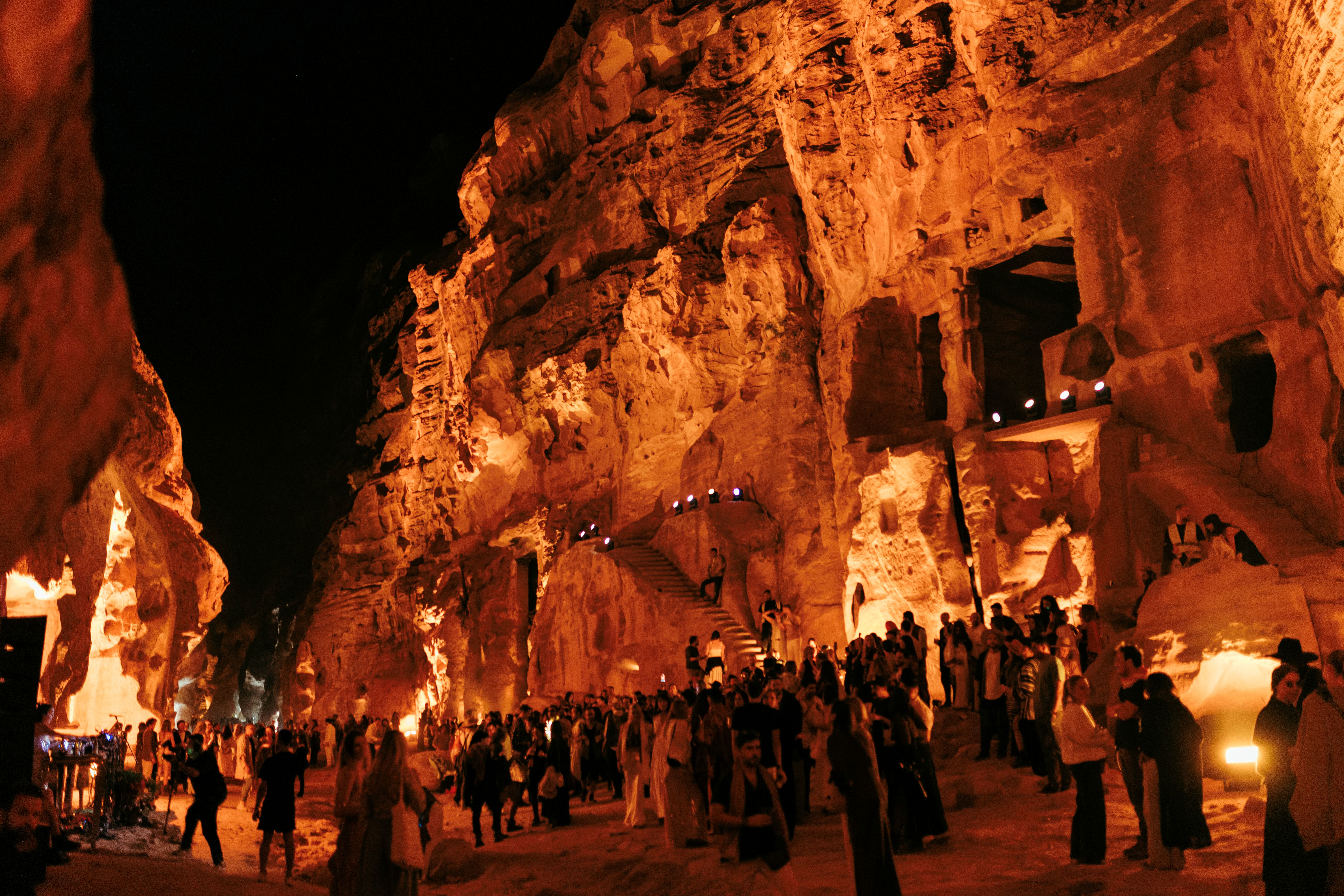
Little Petra opening ceremony
Unsurprisingly, Jordan’s tourism industry has suffered in recent years, with the number of visitors falling by nearly 4 per cent last year. Cultural festivals such as Medaina, which was sponsored by the Jordan Tourism Board and Royal Jordanian Airlines, are perhaps an answer to the decline – a way of crafting week-long experiences around the country. Nonetheless, the conservation of protected sites seemed to have been sacrificed somewhat during Medaina, with many guests climbing up the ancient walls, which felt disjointed and out of touch.

Local Jordanian dancers performing during the Medaina opening ceremony
Tithorea’s Mani and Koyess made it clear that Medaina was built around five key pillars, namely music, art, gastronomy, culture, and sustainability, with the aim to create an immersive experience for visitors, allowing them to see Jordan’s different cultural areas in a short time. The opening ceremony, which took place in Little Petra, was in collaboration with charity Action For Hope, a Belgium-based nonprofit that provides access to cultural expression for marginalised communities across the Arab region.
Medaina was designed for 1,500 festival-goers, who were encouraged to keep attire culturally appropriate. However, many guests showed a disregard for local sensibilities. Some (white Westerners) used traditional keffiyeh scarves (usually used as a headdress to protect from the heat) as tube tops, others were scantily clad in bralettes and shorts, and there were adaptations of belly dancing outfits. It felt like an Arab-themed Halloween parade.
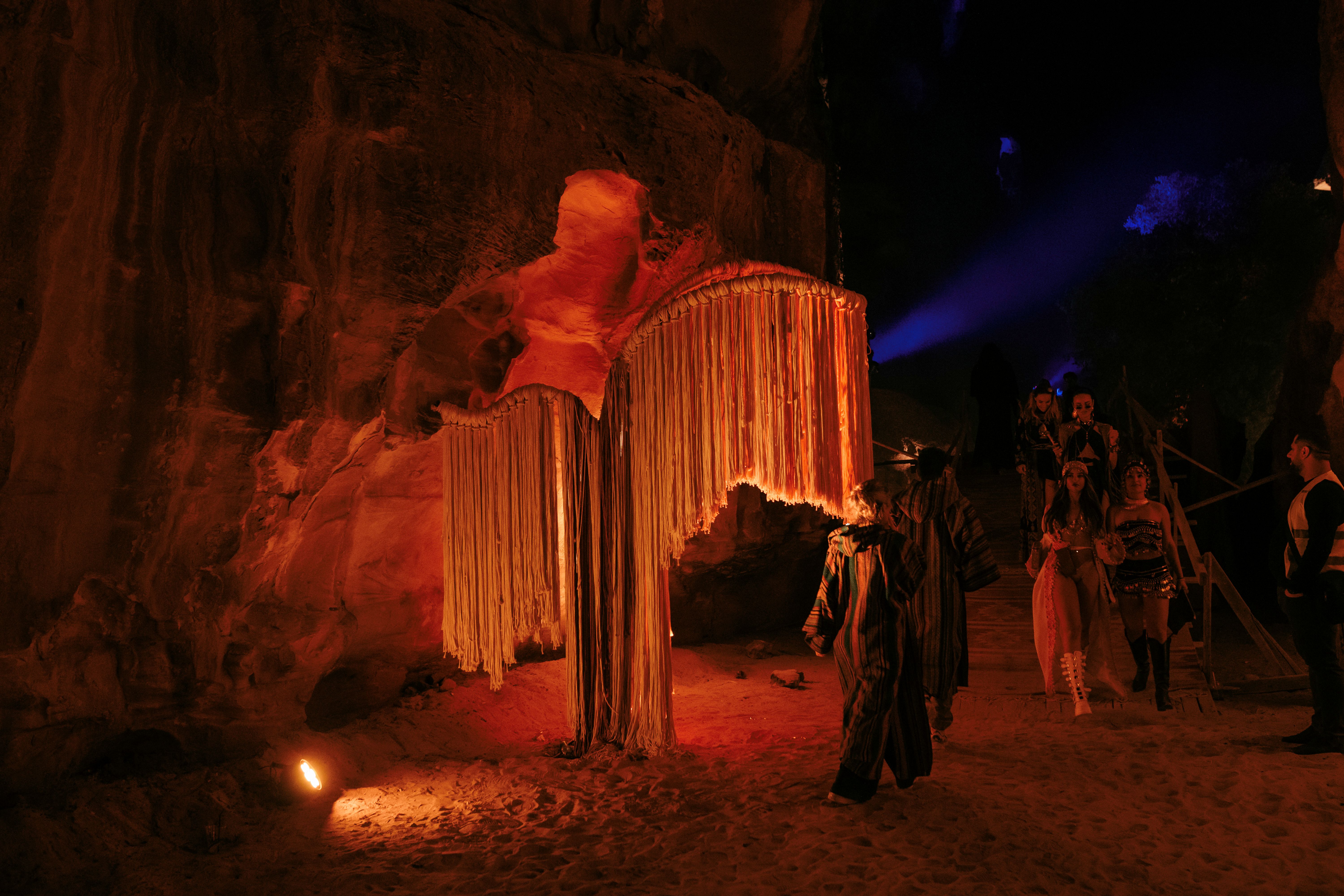
Textile set design at the second evening of the festival in Petra
Even though tickets were available to Jordanians at a discounted local price, there was a huge gap in numbers between local attendees and those from overseas. Speaking to locals who came or were working there, I heard mixed opinions; some were ashamed to tell their parents they were assisting with the festival, while others were excited about sharing their culture and enjoying the variety of music.
The sound
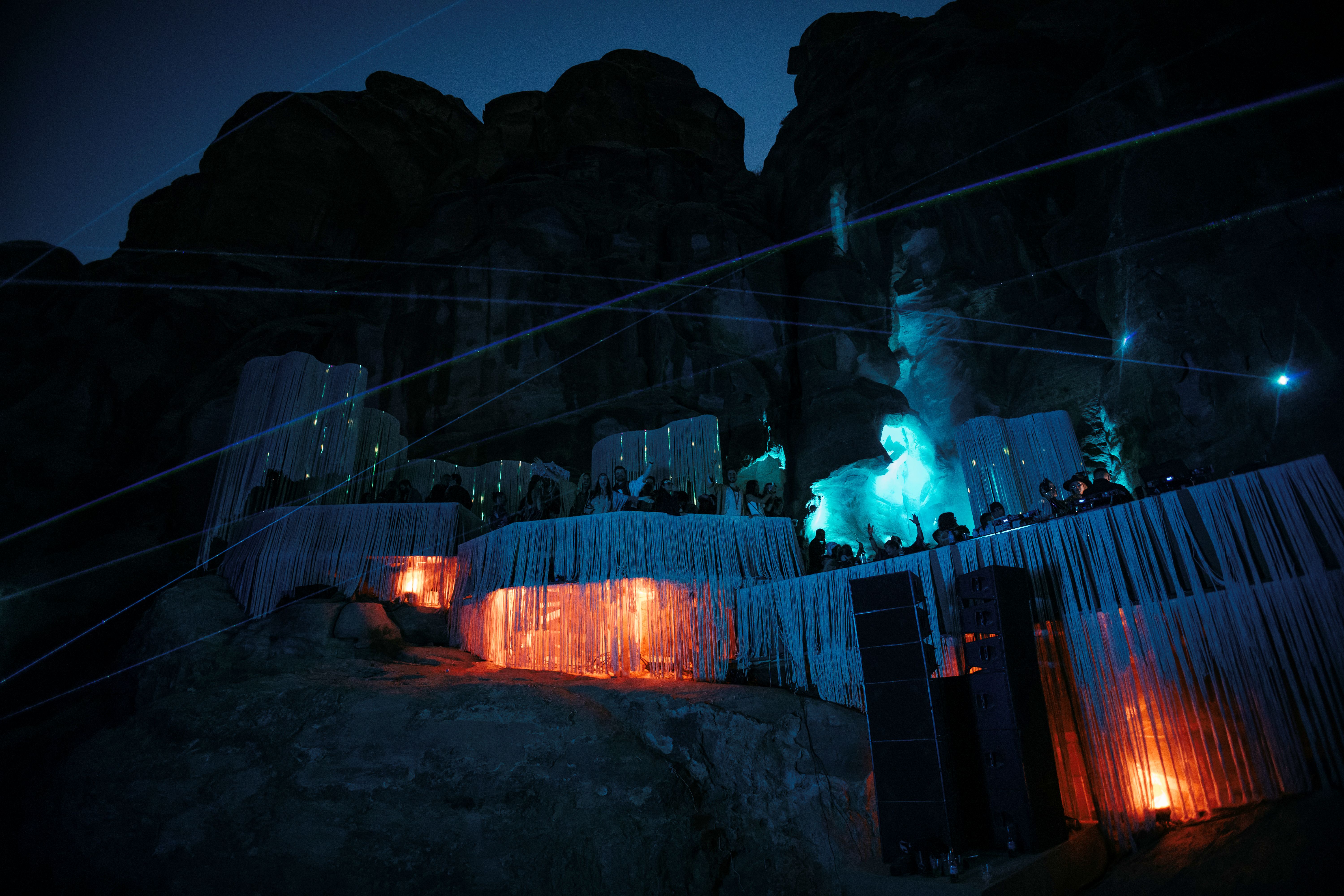
Textile stage design at the second evening of the festival in Petra was mesmerising and immersive
The line-up included a variety of local and international artists, with sets from German house and techno duo Âme, Aline Umber, Brooklyn-based duo Bedouin, Swiss musician Jimi Jules, Italian group Mind Against, Lebanese artist Rolbac, and Geneva-based DJ Sonja Moonear.
The sets included a variety of electronic music, with some DJs drawing on the soundscape of the Middle East as inspiration while others nodded to 1980s influences. Overall, it was a cultural mixer of immersive sound and scenery, and a beacon for a global takeover of Middle Eastern electronic music.
The stage
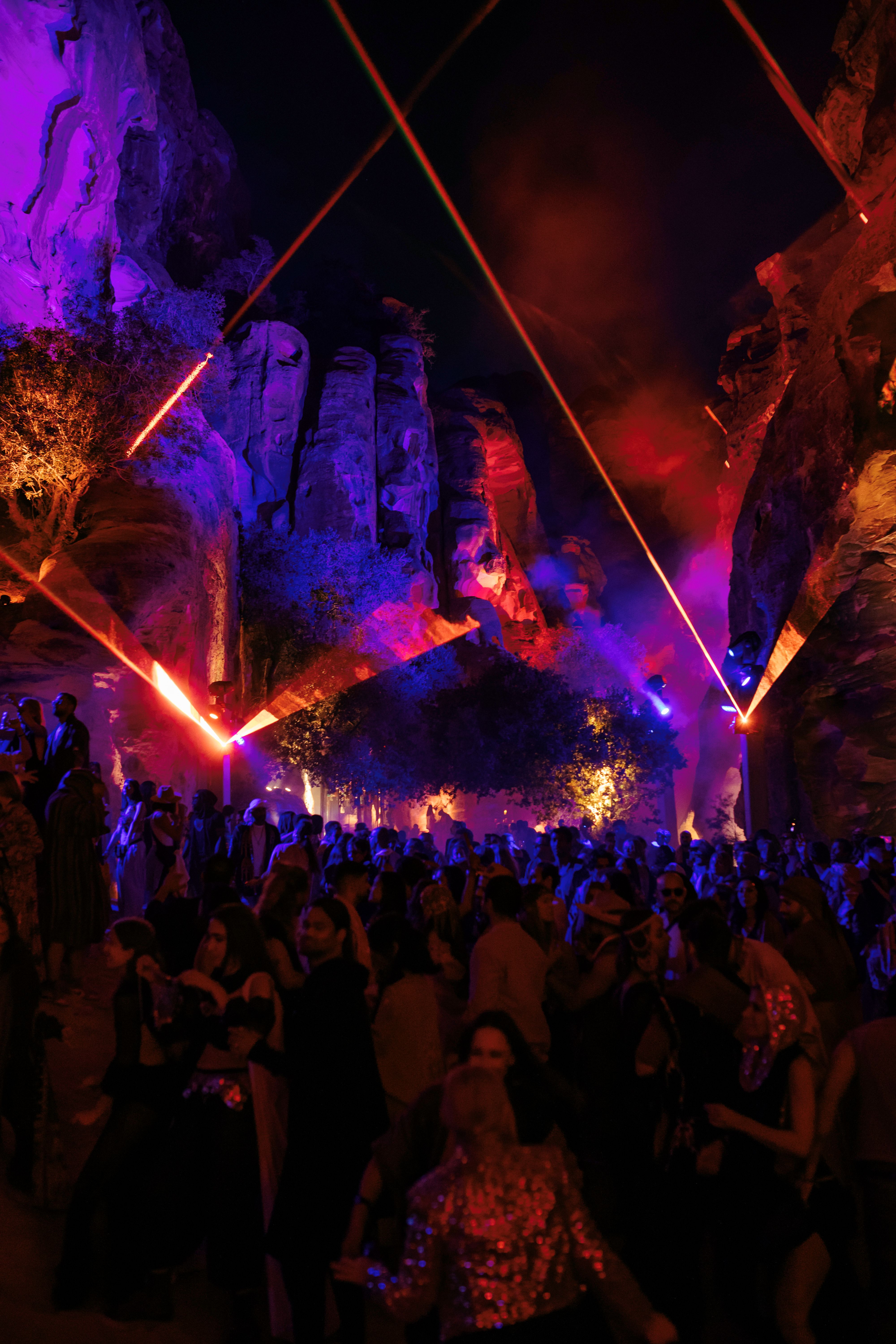
The natural colours of the landscape were emphasised with an array of fabrics, lights and textiles
The set-up for each festival night was spectacular. Given the backdrop of rocky architecture and desert mountains, the scenery was bound to be a winner; however, the integration of local furniture, pastel-pink lighting, and sci-fi space ships helped to craft an otherworldly experience. This vision was realised by Melissa Valentina, Tithorea’s creative director.

The main stage at Petra
‘The first thing we did was scout the location. The goal was to find a place that pays tribute to the culture, the artists, and the nature found here,’ Costa Rican native Valentina tells Wallpaper*. ‘It was about understanding the topography and transforming it into places that can be experienced as comfortably as possible.
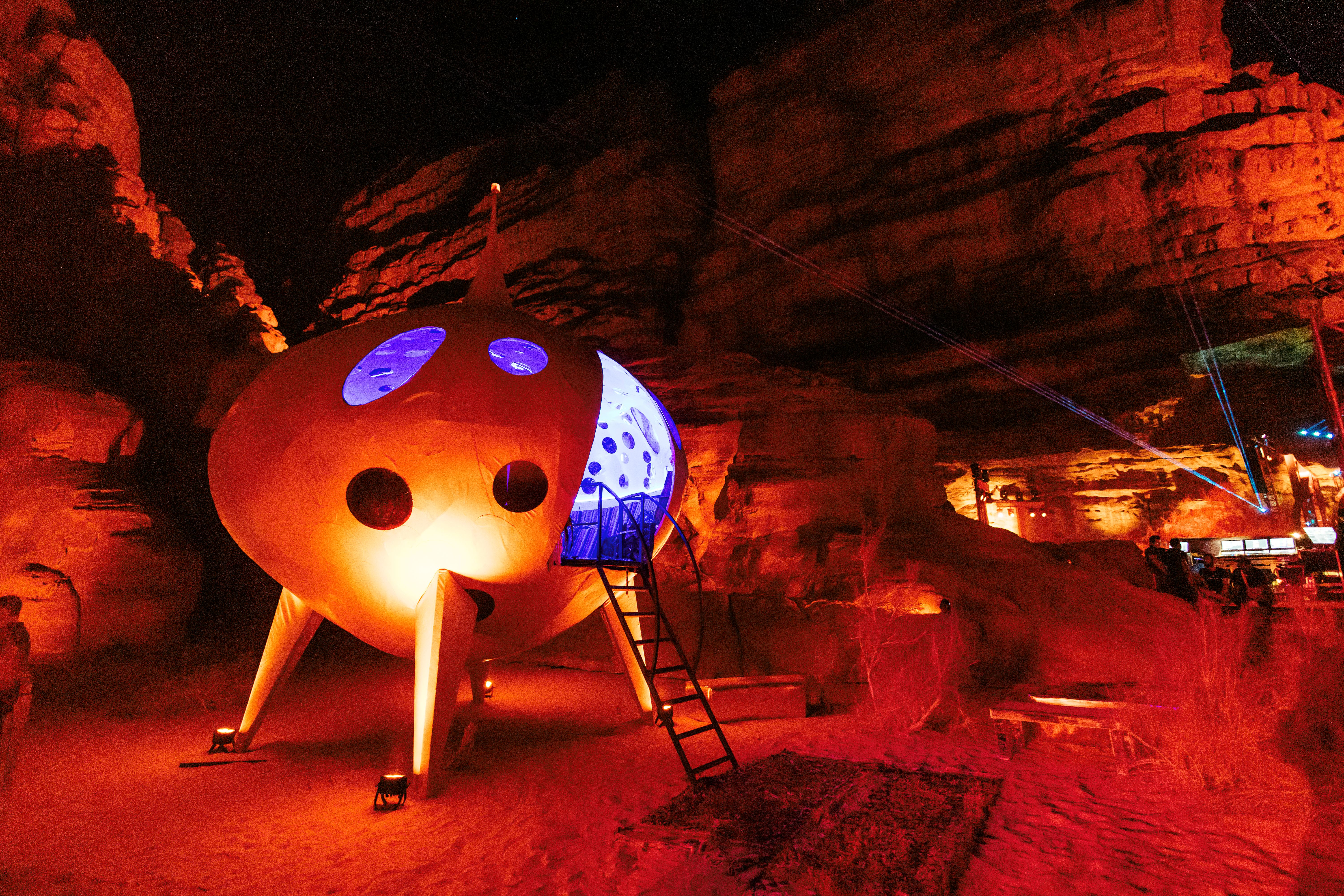
The final performance took place in Wadi Rum, which hosted more otherworldy objects
‘For the opening ceremony in Little Petra, the theme was the heritage of the loom. We tried to make everything resemble these machines. We worked with local artists and providers throughout the project to help bring the design to life.’
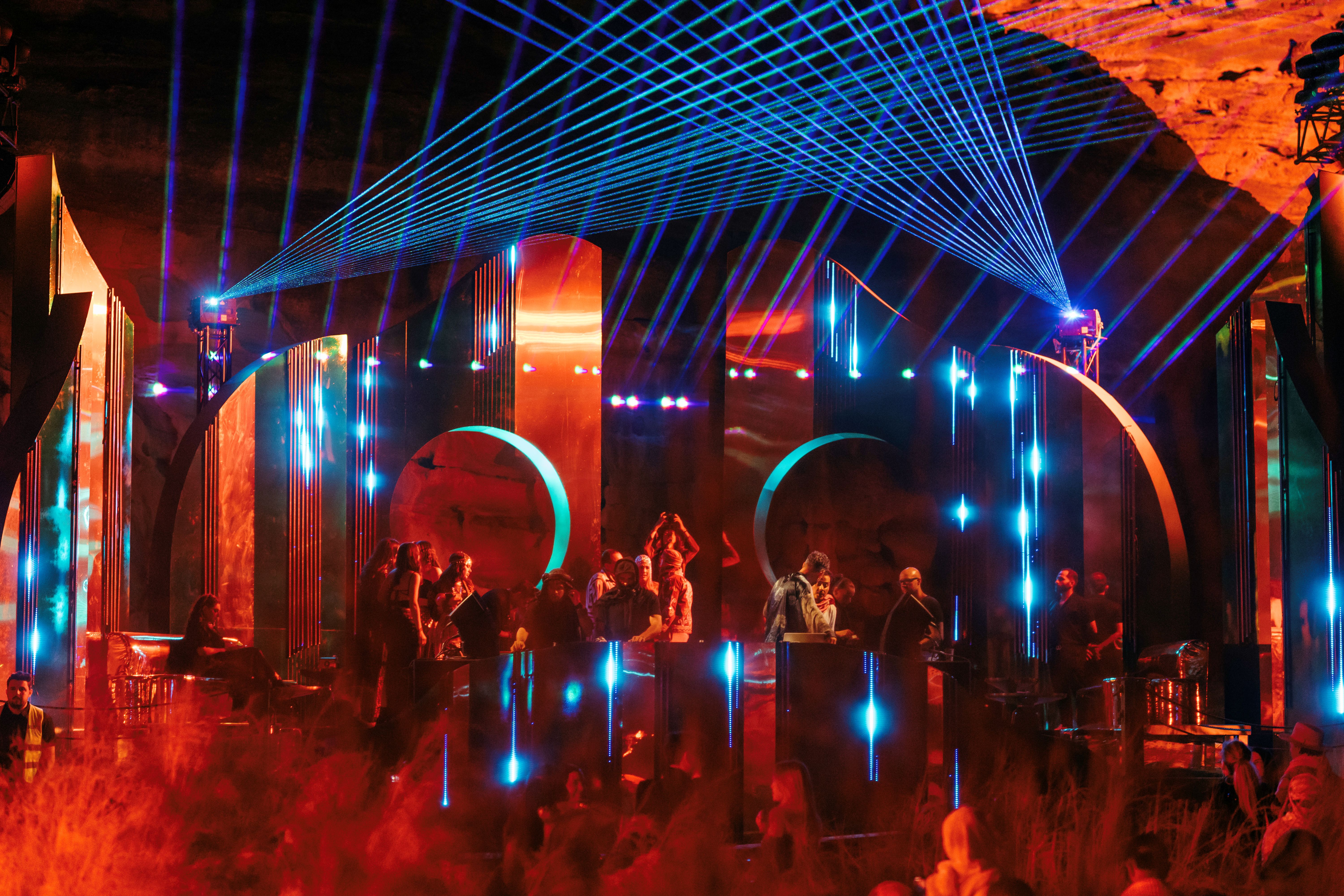
The Wadi Rum location stage
Materials and furniture used were rented, avoiding waste. In some locations, there was no stage for the artists to perform on, and instead the organisers made use of the topography for natural elevation. Bars and mirrors were repurposed for each location.
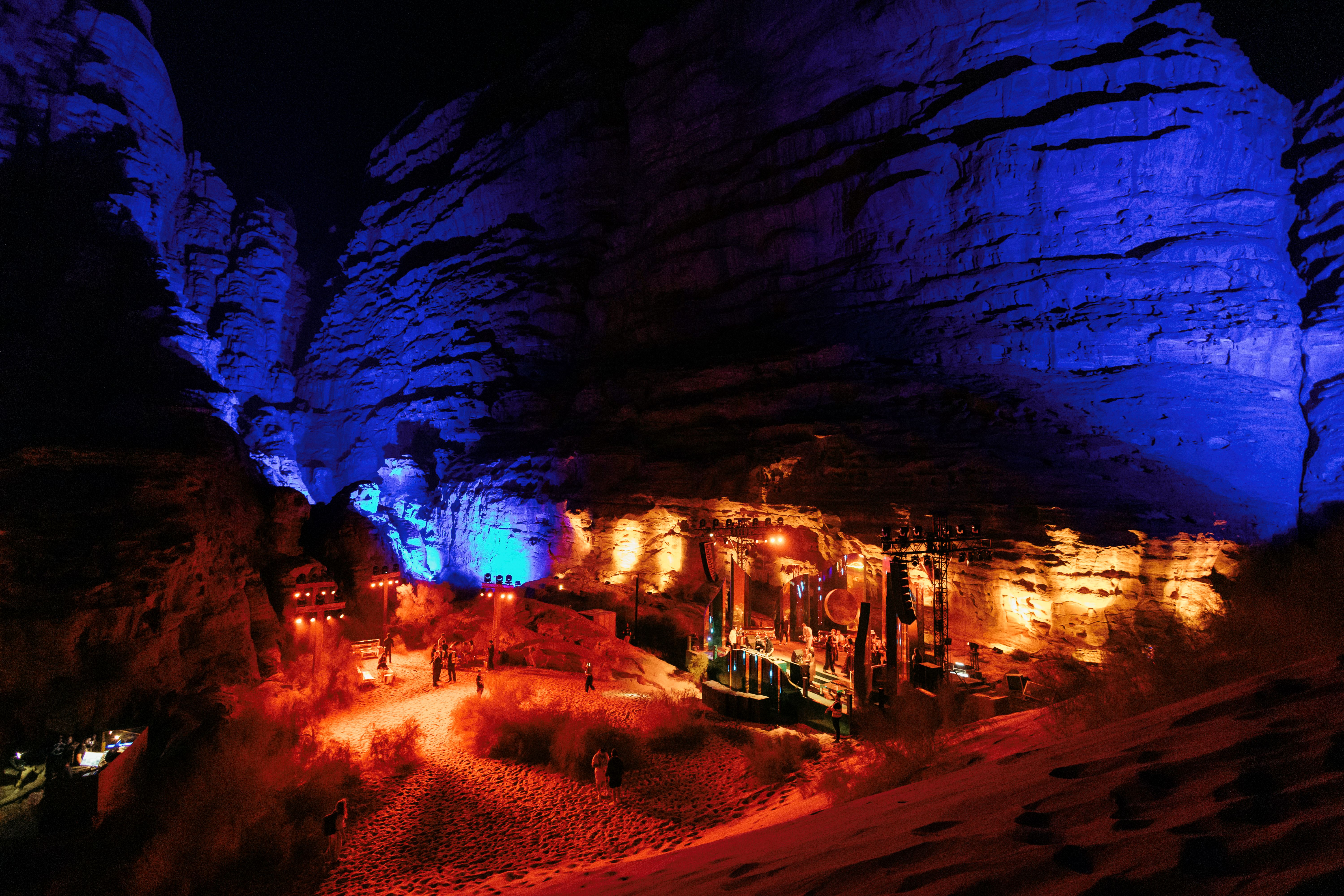
The Wadi Rum location was tucked away between cliff faces and sand dunes, creating an intimate space
‘The pink colours, the orange sand, the rocks, the canyon and the rough formations surrounding it. How do you play with this? How can you inspire beyond this marvellous setting?’ says Mani. ‘We wanted to add to the scenery and not interrupt and disrupt the ecosystem.’
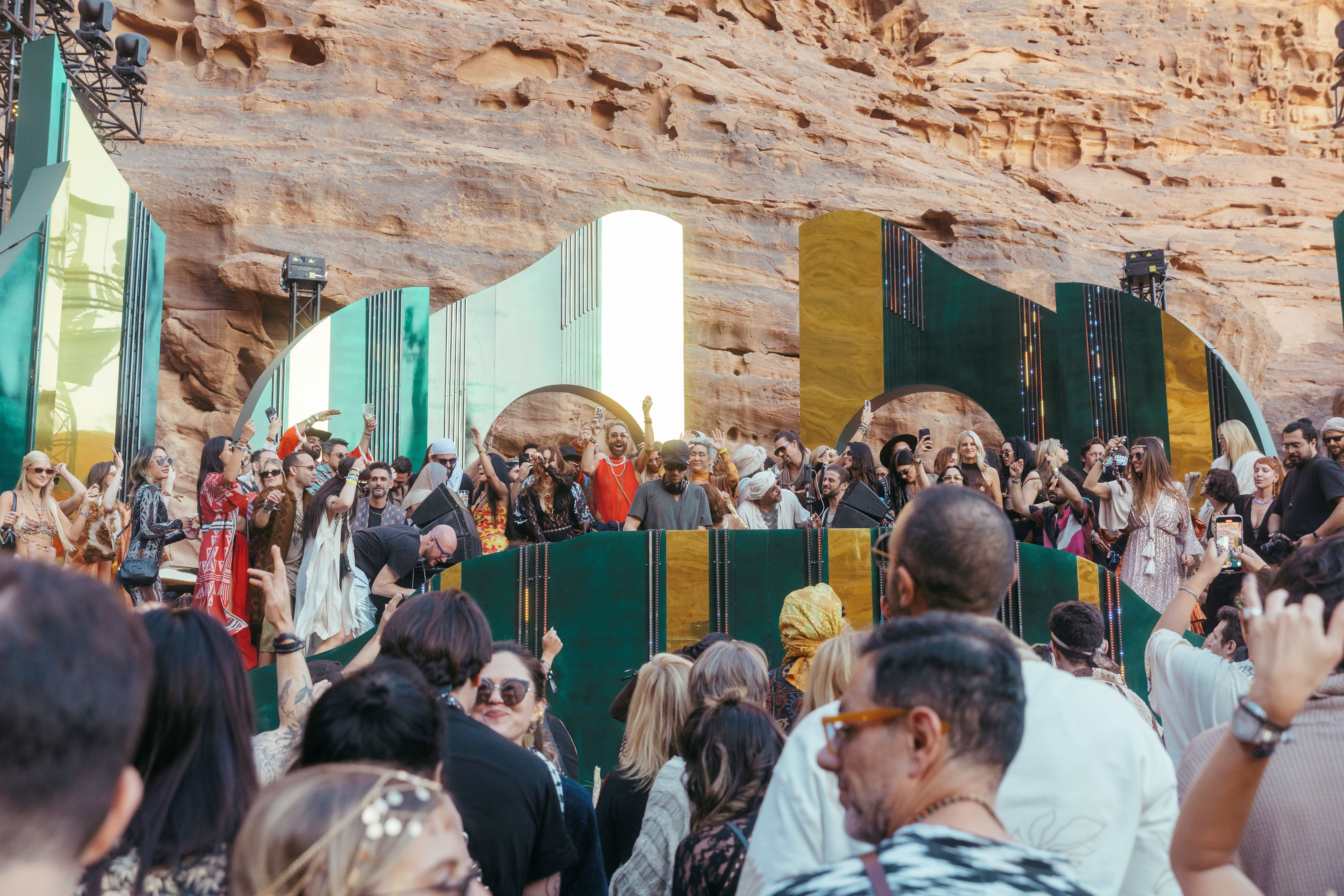
The full stage design on show in the early morning light at Wadi Rum
The question on the tip of everyone's tongue is ‘where next?’. The co-founders hint at Kazakhstan as the next festival destination.
There is no denying that the Medaina festival is an incredible, otherworldly experience offering a kaleidoscope of culture. Yet when you peel back the glamorous façade, you unveil a deeper ethical narrative that may not sit easily with everyone.
Tianna Williams is Wallpaper’s staff writer. When she isn’t writing extensively across varying content pillars, ranging from design and architecture to travel and art, she also helps put together the daily newsletter. She enjoys speaking to emerging artists, designers and architects, writing about gorgeously designed houses and restaurants, and day-dreaming about her next travel destination.
-
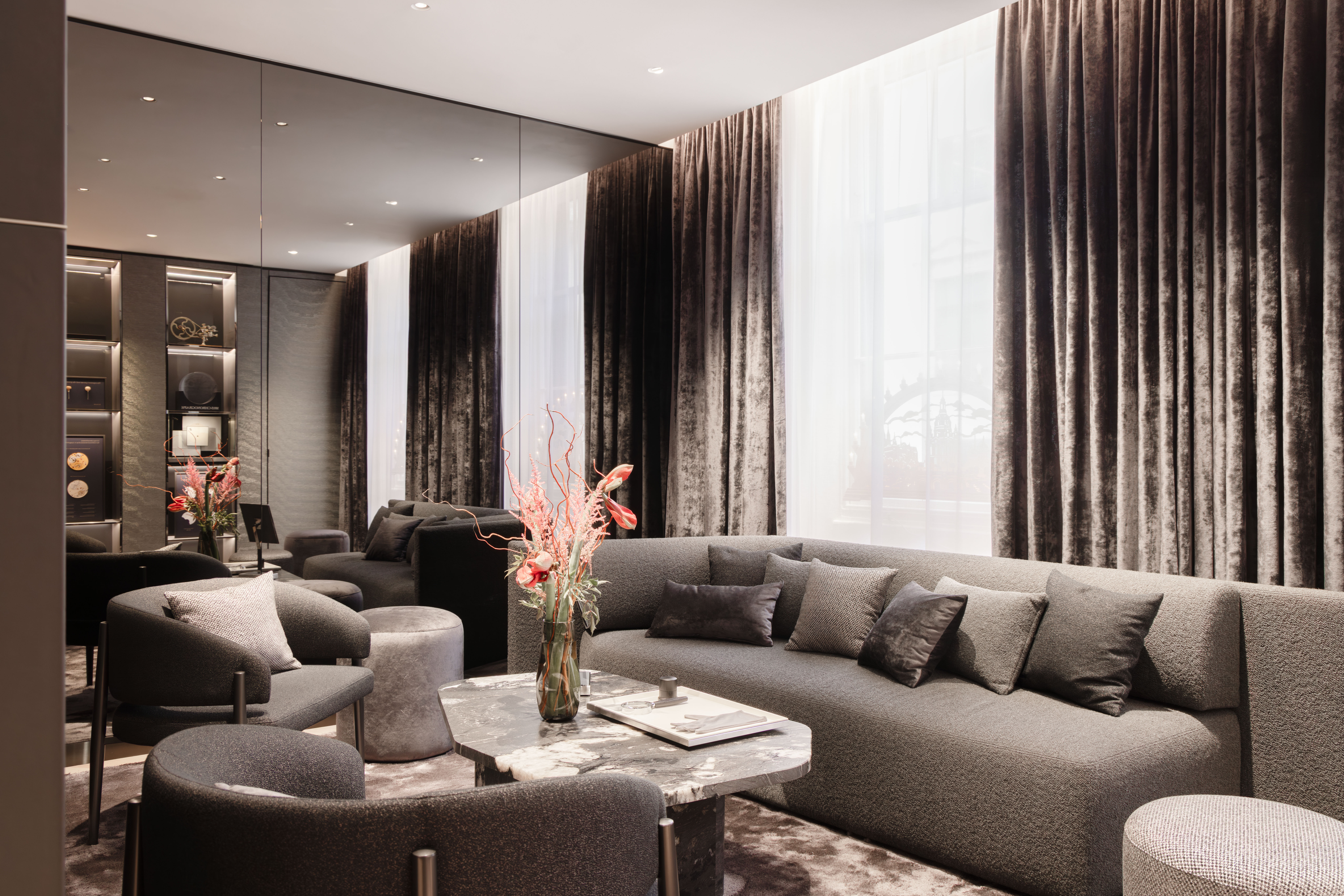 A. Lange & Söhne's new Bond Street flagship merges German charm with Mayfair poise
A. Lange & Söhne's new Bond Street flagship merges German charm with Mayfair poiseThe celebrate the launch of its handsome new home, the brand's releasing an equally elegant new watch
-
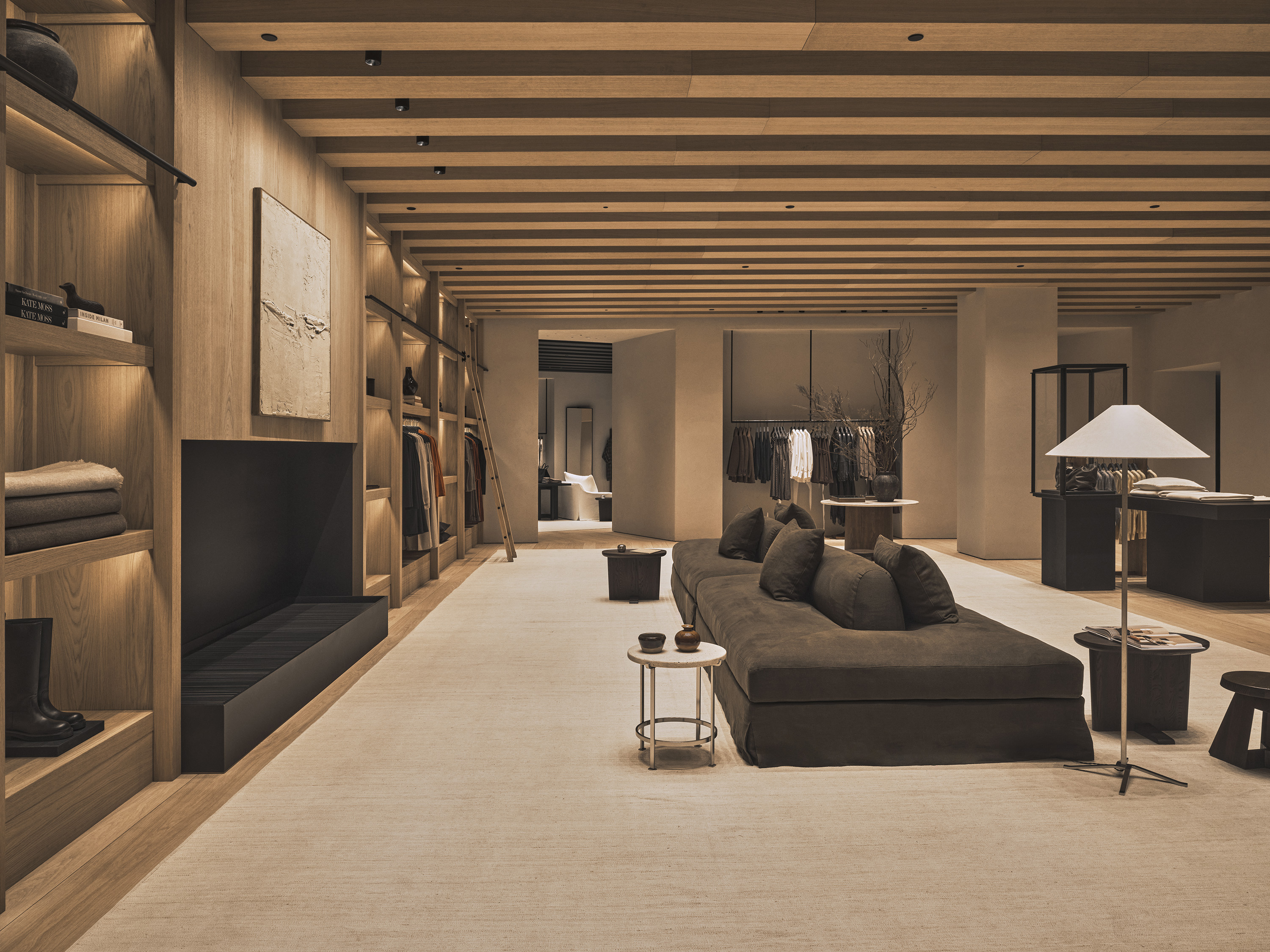 Vincent Van Duysen and Zara unveil a sophisticated new flagship concept in Barcelona
Vincent Van Duysen and Zara unveil a sophisticated new flagship concept in BarcelonaZara Diagonal by Vincent Van Duysen brings the intimacy of a domestic space to the shopping experience
-
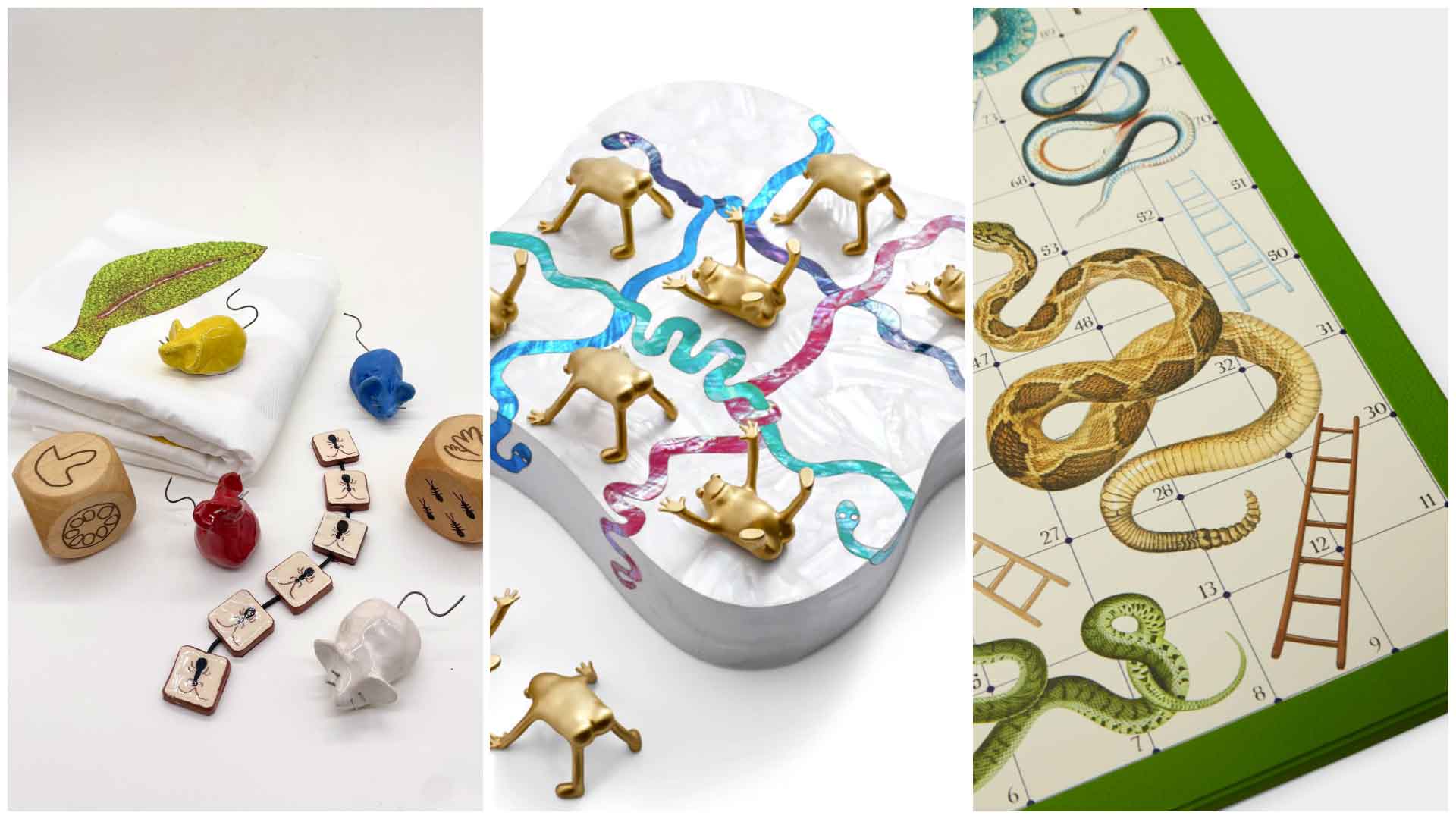 These classic board games are elevated with a creative twist
These classic board games are elevated with a creative twistFrom a leather Snakes and Ladders to a whimsical Noughts and Crosses (plus a few newcomers): browse our edit of the best board games to keep you and your guests entertained this holiday season